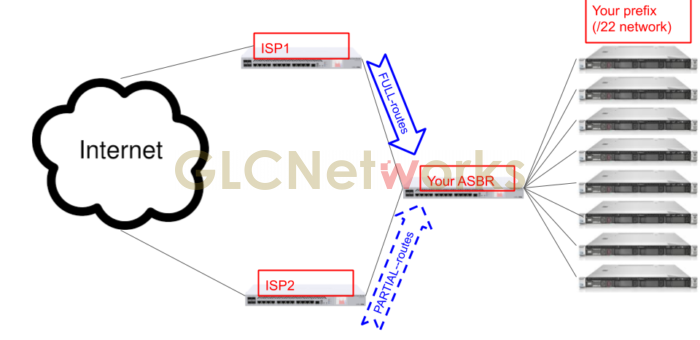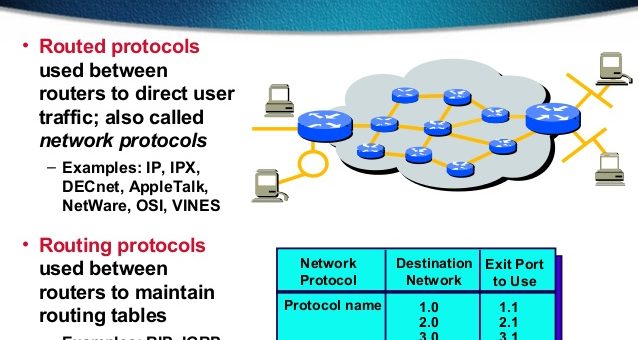Common mistake on mikrotik configuration: forgot to use netmask
Common mistake on mikrotik configuration: forgot to use netmask. This mistake often made by those who are new to Mikrotik RouterOS. If no mask provided, then RouterOS will automatically assign /32 mask on the IP address, which result the router cannot access anywhere. Solution: always put netmask everytime you configure IP address








